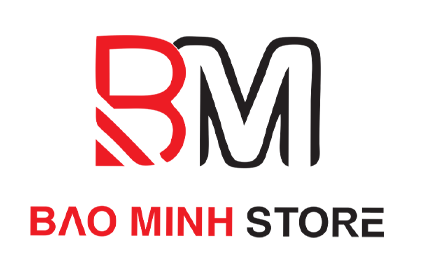Bookkeeping
FREE 18+ Sample Chart of Accounts Templates in MS Word, Excel, PDF
It’s like wandering through a complex and sprawling city in search of a financial needle in a haystack. For starters, your accounting data can quickly become unreliable and outdated, which is an especially poor turn of events when timely insights are essential. Navigating your business’s finances https://www.oemsoftwaredownload.org/find-the-tools-that-will-propel-your-site-to-the-top-of-the-heap-in-this-seo-software-review/ can feel like exploring an unfamiliar city. A well-designed chart of accounts is the map that guides you through the winding streets of your company’s financial landscape. For example, a company may decide to code assets from 100 to 199, liabilities from 200 to 299, equity from 300 to 399, and so forth. Those could then be broken down further into, e.g., current assets ( ) and current liabilities ( ).
- The business should decide what accounting reports it needs and then provide sufficient account codes to allow the report to be produced.
- Since different types of entities use different types of accounts, there is no one single chart of accounts template that would be applicable to all businesses.
- The trial balance lists all the accounts and the debits and credits related to them.
- Create unique account numbers and names for each account in your chart of accounts.
- It is basically a listing of all the accounts found in the general ledger that the business will use to code each of its bookkeeping transactions.
Mortgage Payoff Calculator Samples
You’ll notice that each account in the chart of accounts for Doris Orthodontics also has a five-digit reference number preceding it. The first digit in the account number refers to which of the five major account categories an individual account belongs to—”1″ for asset accounts, “2” for liability accounts, “3” for equity accounts, etc. We handle your finances with the utmost integrity, ensuring accurate bookkeeping, transparent reporting, and insightful financial statements.
How a Chart of Accounts Benefits Your Small Business
This may involve adding new accounts, removing obsolete ones, or reclassifying existing accounts to better suit your business’s evolving needs. This systematic categorization aids in adhering to regulatory requirements, facilitates in-depth financial analysis, and supports informed decision-making. Additionally, by streamlining accounting processes, the COA enhances efficiency and minimizes errors – a critical advantage for businesses with complex transactions. Financial transactions are recorded in the appropriate ledger account, as dictated by the COA’s categorization, ensuring that transactions are organized and tracked systematically. Cost of Sales – These are the costs that relate directly to the income accounts and might include wages, parts and packaging.
COA Structure
By creating a COA, you’re setting up a unique list of all the account categories you’ll use to keep track of your business’s finances. The COA is generally structured to display information in the same sequence as consolidated financial statements. This means balance sheet accounts are listed first, followed by income statement accounts. All of those financial transactions generating operating revenue for your company fall into the P&L (income statement) category. Just remember, this only includes revenues stemming from the core functions of your business, not items falling outside of your main activities.
Interim accounts, also known as temporary accounts, track financial activities for a specific accounting period. These accounts are closed at the end of the accounting period to prepare for the next reporting cycle. Before diving into creating a Chart of Accounts, it’s https://zwonok.net/index.php?newsid=5420 crucial to understand the specific needs and nature of your business. Consider the industry, size, complexity, and unique financial reporting requirements. Tailoring the Chart of Accounts to your business’s operations ensures it effectively captures and categorizes all relevant financial transactions. You’ll notice that each account in the chart of accounts for Doris Orthodontics also has a five-digit reference number preceding it.
For instance, a manufacturing business might need detailed accounts for different types of raw materials. Ensure that the numbering leaves room for additional accounts to be added as the business grows. Under each main category, there can be several sub-accounts to provide more detailed tracking. By the end of this blog, you’ll learn what a COA is, https://zwonok.net/index.php?newsid=5155 and how to set one up effectively. For a small business it is important not to over complicate the chart of accounts. A small business does not need many of the accounts required for a large corporation.
The COA is typically set up to display information in the order that it appears in financial statements. That means that balance sheet accounts are listed first and are followed by accounts in the income statement. Small businesses may record hundreds or even thousands of transactions each year. A chart of accounts (COA) is a comprehensive catalog of accounts you can use to categorize those transactions. Ultimately, it helps you make sense of a large pool of data and understand your business’s financial history.


